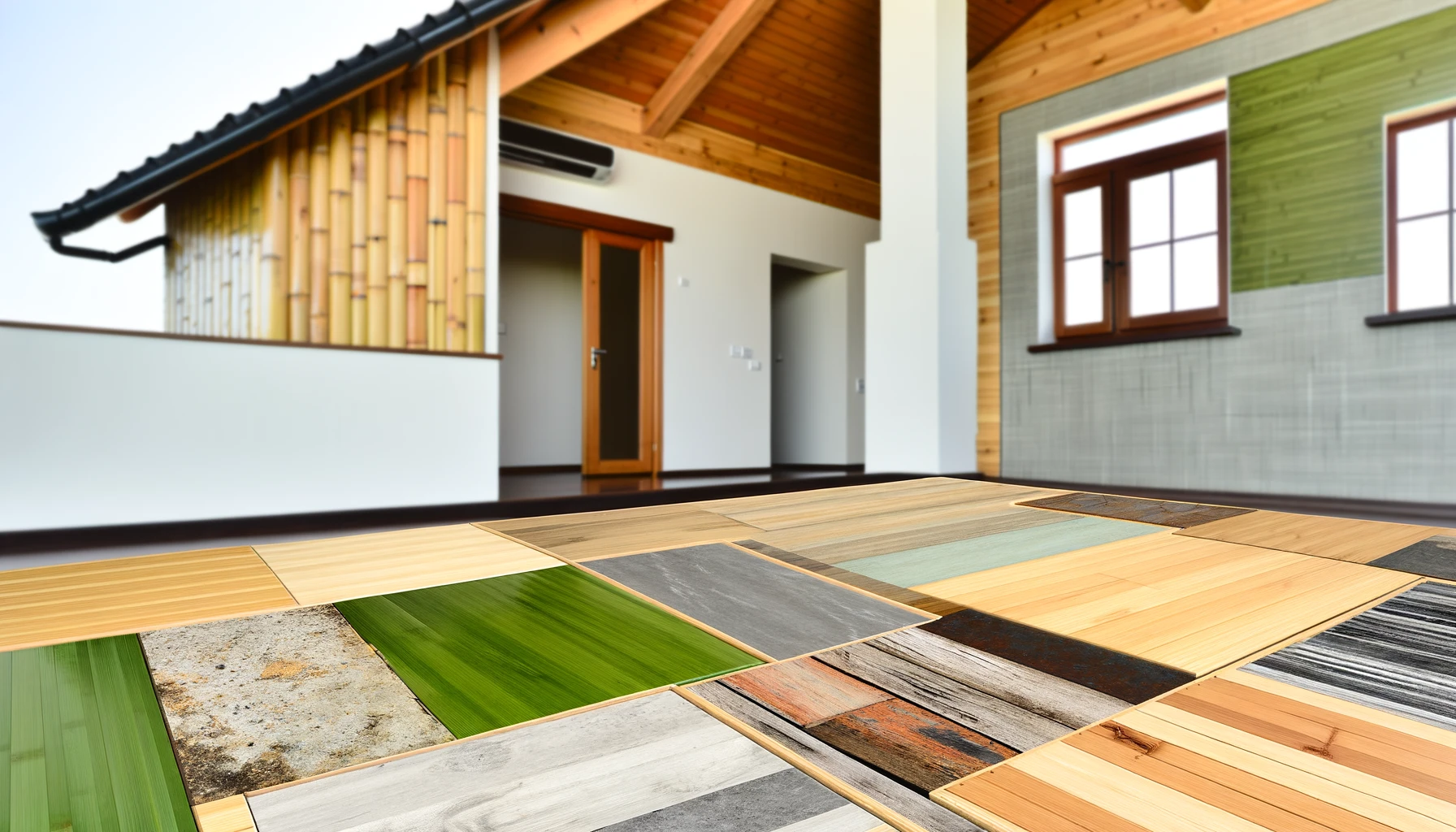
Let’s be honest—most of us don’t think about what’s lurking in our floors, walls, or furniture. But if you’re raising a family (or just care about your health and the planet), it’s time to pay attention. The good news? Swapping out toxic materials for sustainable alternatives isn’t just doable—it’s easier than you’d think.
Why Sustainable Materials Matter
You know that “new carpet smell”? Yeah, that’s off-gassing—a fancy term for chemicals leaching into your air. Conventional home materials often contain volatile organic compounds (VOCs), formaldehyde, and other nasties linked to allergies, asthma, and worse. Sustainable materials skip the toxins and reduce environmental harm, too. Win-win.
Flooring: Step Lightly on the Planet
Floors take a beating, so durability matters. But so does what’s underfoot. Here’s the deal with eco-friendly options:
1. Cork
Soft, warm, and surprisingly tough. Cork comes from bark (no trees are cut down), resists mold, and even muffles sound. Perfect for playrooms—or anywhere you want a little cushion.
2. Bamboo
Harder than oak and grows like, well, a weed. Just check for formaldehyde-free adhesives—some cheaper brands cut corners.
3. Reclaimed Wood
Salvaged from old barns, factories, or even wine barrels. Each plank tells a story—and keeps trees standing.
Walls: Breathe Easy
Paint is the obvious culprit (low-VOC or natural clay paints are musts), but what about the walls themselves?
Natural Plaster
Lime or clay plaster regulates humidity, resists mold, and looks downright artisanal. It’s like your walls are alive—in a good way.
Recycled Drywall
Yes, it exists! Made from post-industrial gypsum, it cuts landfill waste without sacrificing performance.
Furniture: Beyond IKEA (No Offense)
Fast furniture falls apart—and often hides chemicals. Here’s how to furnish sustainably:
- Solid wood: Look for FSC-certified pieces. Avoid particleboard—it’s basically sawdust and glue.
- Vintage: Pre-loved = pre-off-gassed. Plus, that mid-century dresser has character.
- Hemp or organic cotton upholstery: Conventional fabrics? Loaded with flame retardants. No thanks.
Insulation: The Unsung Hero
Fiberglass is itchy and full of… well, who knows. Try these instead:
| Material | Why It’s Better |
| Sheep’s wool | Naturally fire-resistant, regulates moisture |
| Recycled denim | Yes, old jeans. Soundproof and no itch. |
| Cork | Again! Insulates like a champ. |
Textiles: Soft Without the Toxins
From curtains to couch cushions, fabrics matter. Organic linen, hemp, or OEKO-TEX certified textiles avoid pesticides and synthetic dyes. And wool rugs? Naturally stain-resistant—perfect for spaghetti accidents.
Kitchen & Bath: Where Water Meets Wisdom
Water + cheap materials = mold city. Here’s how to stay dry and green:
- Recycled glass countertops: Stunning, durable, and made from… well, your old bottles.
- Bamboo cabinetry: Grows fast, looks sleek, and holds up to steam.
- Natural stone: Granite or quartzite—just skip the toxic sealants.
The Bottom Line
Building or renovating with sustainable materials isn’t about perfection—it’s about progress. Maybe you start with paint. Or a cork floor. Small swaps add up. And honestly? Your home will feel different. Lighter. Cleaner. Like a deep breath after years of stuffy air.








